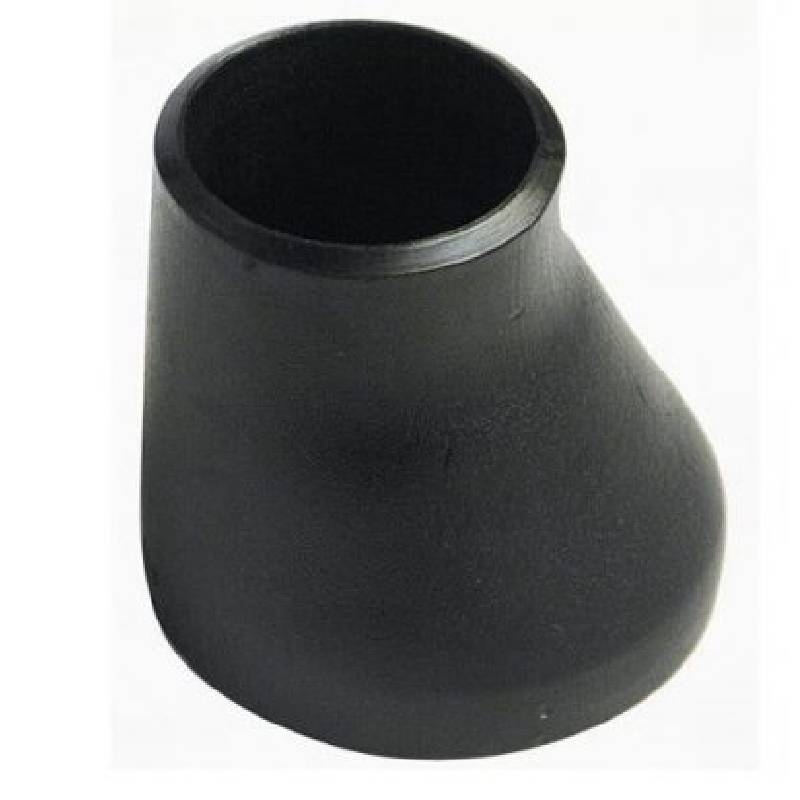-
Cangzhou Yulong Steel Co., Ltd.
-
Phone:
+86 13303177267 -
Email:
admin@ylsteelfittings.com
- English
- Arabic
- Italian
- Spanish
- Portuguese
- German
- kazakh
- Persian
- Greek
- French
- Russian
- Polish
- Thai
- Indonesian
- Vietnamese
- Zulu
- Korean
- Uzbek
- Hindi
- Serbian
- Malay
- Ukrainian
- Gujarati
- Haitian Creole
- hausa
- hawaiian
- Hebrew
- Miao
- Hungarian
- Icelandic
- igbo
- irish
- Japanese
- Javanese
- Kannada
- Khmer
- Rwandese
- Afrikaans
- Albanian
- Amharic
- Armenian
- Azerbaijani
- Basque
- Belarusian
- Bengali
- Bosnian
- Bulgarian
- Catalan
- Cebuano
- China
- China (Taiwan)
- Corsican
- Croatian
- Czech
- Danish
- Esperanto
- Estonian
- Finnish
- Frisian
- Galician
- Georgian
- Kurdish
- Kyrgyz
- Lao
- Latin
- Latvian
- Lithuanian
- Luxembourgish
- Macedonian
- Malgashi
- Malayalam
- Maltese
- Maori
- Marathi
- Mongolian
- Myanmar
- Nepali
- Norwegian
- Norwegian
- Occitan
- Pashto
- Dutch
- Punjabi
- Romanian
- Samoan
- Scottish Gaelic
- Sesotho
- Shona
- Sindhi
- Sinhala
- Slovak
- Slovenian
- Somali
- Sundanese
- Swahili
- Swedish
- Tagalog
- Tajik
- Tamil
- Tatar
- Telugu
- Turkish
- Turkmen
- Urdu
- Uighur
- Welsh
- Bantu
- Yiddish
- Yoruba

okt . 13, 2024 10:07 Back to list
types of welding in piping
Types of Welding in Piping
Welding is a fundamental process in the construction and maintenance of piping systems, which are crucial in various industries, including oil and gas, water supply, and wastewater management. Understanding the different types of welding techniques is vital for ensuring the structural integrity and longevity of these systems. This article explores the most commonly used welding methods in piping applications, focusing on their advantages, applications, and limitations.
1. Shielded Metal Arc Welding (SMAW)
Shielded Metal Arc Welding, commonly known as stick welding, uses a consumable electrode coated in flux to lay the weld. The electrode melts and fuses with the base material while the flux forms a shielding gas to protect the weld pool from contamination. SMAW is versatile and can be used on various materials, including carbon steel and stainless steel. It is particularly advantageous in outdoor environments due to its resistance to wind and its portability.
However, SMAW is slower than other welding methods and produces slag that must be removed after welding. Additionally, it requires skilled operators to ensure high-quality welds, making it less suitable for high-volume production settings.
2. Gas Tungsten Arc Welding (GTAW)
Gas Tungsten Arc Welding, or TIG welding, uses a non-consumable tungsten electrode to produce a weld. An inert gas, usually argon, shields the weld pool from contamination. GTAW is known for its ability to create precise, high-quality welds with excellent control over the weld profile. This method is ideal for welding thin materials and is frequently used in industries such as aerospace and food processing.
Despite its advantages, GTAW has a slow welding process and requires a high level of skill from the welder
. It is also less effective for thicker materials unless filler material is used, which can complicate the welding process.types of welding in piping

3. Gas Metal Arc Welding (GMAW)
Gas Metal Arc Welding, often referred to as MIG welding, utilizes a continuous feed of solid wire and an inert shielding gas. GMAW is particularly suitable for automatic and semi-automatic welding processes, making it a popular choice in manufacturing environments. This method offers high speed and efficiency, making it ideal for large-scale piping projects.
One drawback of GMAW is its sensitivity to contaminants, which can adversely affect weld quality. Additionally, it is less effective in outdoor applications where wind can disperse the shielding gas.
4. Flux-Cored Arc Welding (FCAW)
Flux-Cored Arc Welding is similar to GMAW but uses a tubular wire filled with flux instead of solid wire. This allows for better penetration and a higher deposition rate. FCAW can be performed with or without shielding gas, making it suitable for various environments, including outdoor conditions.
However, FCAW can produce slag that needs to be cleaned off, and the process can generate more fumes. This method is widely used in heavy industrial applications, such as shipbuilding and construction.
Conclusion
Selecting the appropriate welding technique for piping applications is crucial to ensuring safety, durability, and efficiency. Each type of welding offers unique advantages and challenges that must be considered based on the specific requirements of the project. As industries continue to evolve, so too will the advancements in welding technologies, ensuring that piping systems remain robust and reliable for years to come. Understanding these welding methods can help engineers and technicians make informed decisions, ultimately leading to safer and more efficient piping systems.
Latest news
-
ANSI 150P SS304 SO FLANGE
NewsFeb.14,2025
-
ASTM A333GR6 STEEL PIPE
NewsJan.20,2025
-
ANSI B16.5 WELDING NECK FLANGE
NewsJan.15,2026
-
ANSI B16.5 SLIP-ON FLANGE
NewsApr.19,2024
-
SABS 1123 FLANGE
NewsJan.15,2025
-
DIN86044 PLATE FLANGE
NewsApr.19,2024
-
DIN2527 BLIND FLANGE
NewsApr.12,2024
-
JIS B2311 Butt-Welding Fittings LR/SR 45°/90° /180°Seamless/Weld
NewsApr.23,2024











